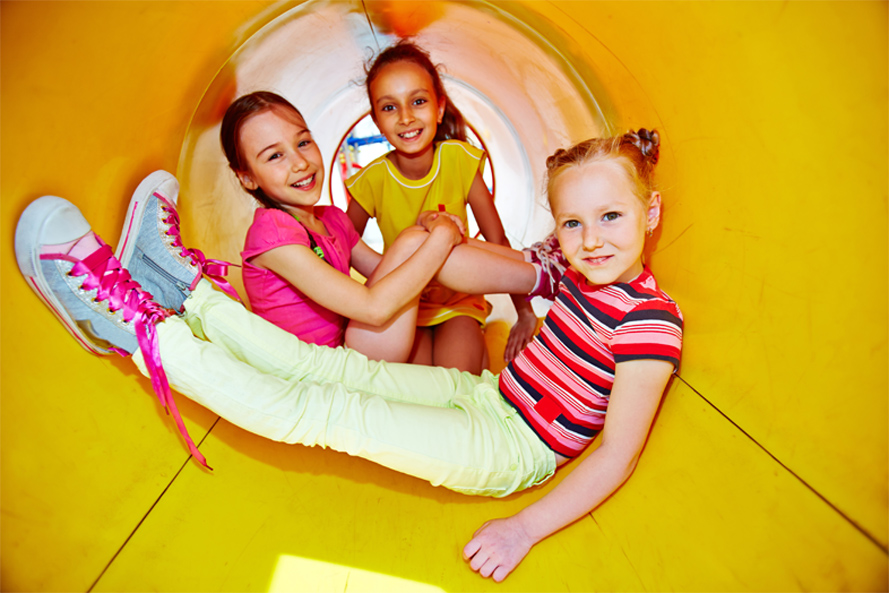
Indoor Versus Outdoor Play
Author: Austin Stanfel
To play is synonymous with knowing new things. Children must play at a young age because they are innocent and need to know their surroundings. Being able to play is an exhilarating experience for a growing child. It gives them the time to work on their motor skills and social skills, plus learn the value of exercising. Nevertheless, indoor and outdoor play comes in its separate forms, offering styles of entertainment to attract the child’s attention. It is part of the childhood system.
The difference between outdoor and indoor play is minimal. The playground is an outdoor kids-only area where they play to specially designed sections such as the slide, ladder, swing, and tepee. For the indoor play space, it is a particular area in the room without such equipment and within an area that children have to engage in more stationary games without any physical play. Playgrounds have their open spaces where children have to communicate with others on their own, whereas indoor play is much more controlled. This includes board games and card play, which exert more mental exercise rather than a physical one.
A natural playground promotes physical play, which means health, fitness, and more interaction with the outdoors. Obesity is a serious concern, and there is a concern now that less time is given to children. Outdoor play also forces children to be more socially active, talking to others, and develop their self-confidence and independence. It is a space that does a lot to the child’s mind, forcing the development of mental processes such as solving problems, puzzles, and learning about other essential things in their personal touch. With indoor play, spaces in classrooms are created to help relieve stress, make children more attentive to things, and improve concentration for their overall study.
When outside, people get exposed to sunlight, which enriches them with vitamin D. Children ought to get 400-600 IU of Vitamin D daily to make stronger bones. Vitamin D is vital for adults because it helps fight heart diseases. Outdoor playgrounds also provide plenty of space for exercise where children can run around and sweat off coiled energy in their system. It is recommended that they get 60 minutes of playtime daily. The open field and the playground itself get children to do different types of physical activities, like sports. To play outside is to fight off the growing problem of obesity.
Watching children enjoying themselves by playing is a great way to see them stimulate their consciousness going forward, and it keeps them active instead of sitting in front of a TV screen. All children must know what it’s like to be outside and get their developmental skills in order by using it everywhere, inside and out. Playspaces should not be constricted to video games and tablets. Children should make memories from these two different forms of play without knowing the specifics of what they are doing and what they are picking up along the way.

